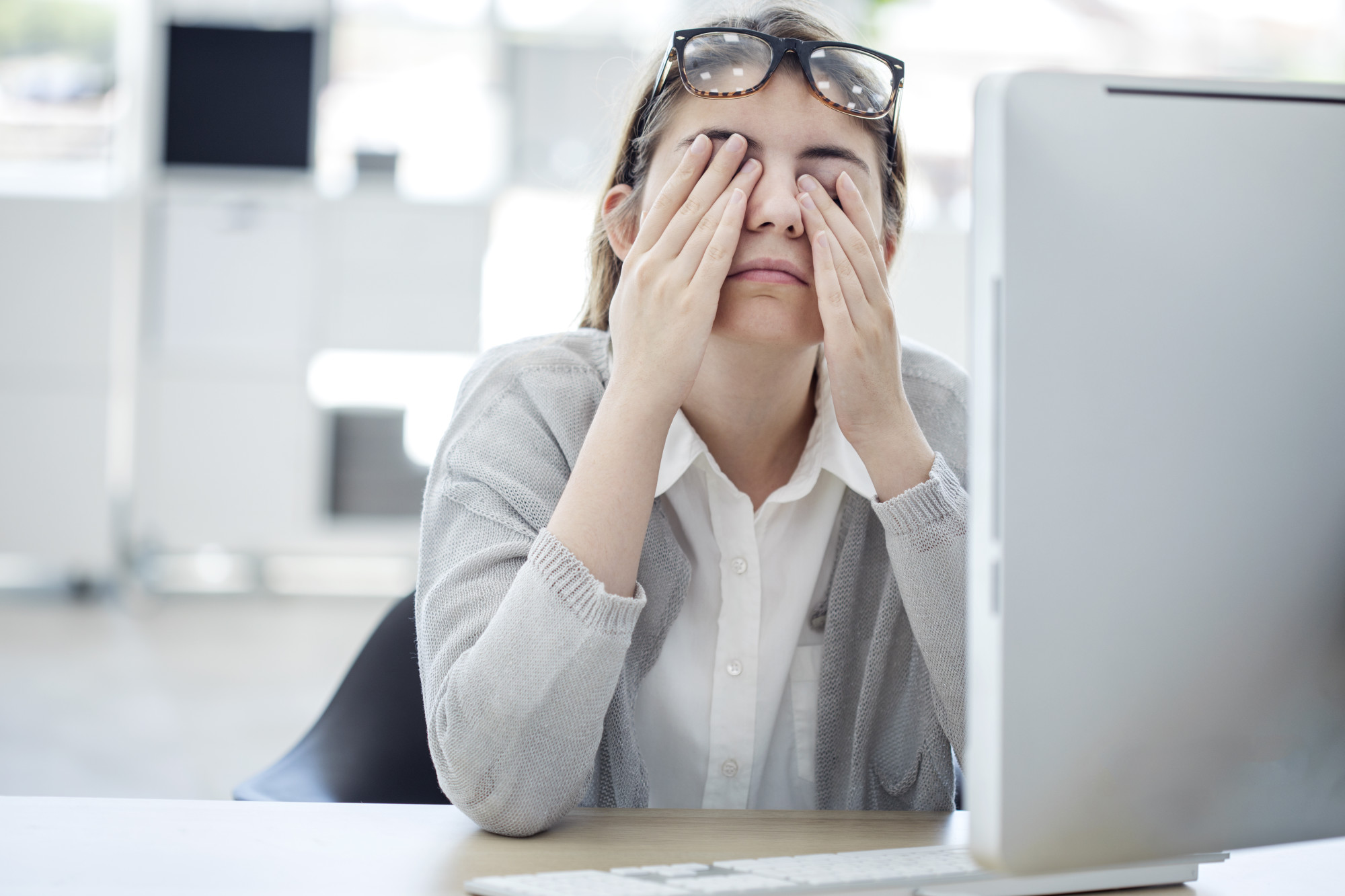Did you know that roughly 92 million Americans are working from home? Working from home can be a dream come true in many cases, but it can also be tricky to adjust to after years of working in an office.
Eye fatigue is a problem that comes up for many remote workers. The biggest reason for this is the decrease in breaks and change of scenery. Learning how to prevent tired eyes from working from home is essential.
Keep reading to learn about several tips for eye fatigue prevention when working from home.
Adjust Your Computer Screen Settings
Adding a glare reduction filter to your screen will help minimize the blue light reflected off your screen, reducing strain on your eyes.
Adjust your display brightness to a level that’s comfortable for you while allowing you to read the text on the screen. You should also adjust text size and color to ensure your eyes don’t have to strain when reading the words on the page.
Take Frequent Breaks From Working
Taking breaks and following the 20-20-20 rule allows the eyes to rest and helps to reduce eye fatigue. The 20-20-20 rule suggests that for every 20 minutes spent looking at a screen, take a break and look at an object at least 20 feet away for 20 seconds.
During the breaks, stepping away from the computer and doing something that is not screen-related, such as walking, standing up, stretching, or drinking water, is beneficial. Make sure to focus on something in the distance, as this can help the eyes to relax.
Also, try cold eye compress as eye fatigue treatment during breaks. You can even read this article on cold eye compresses to learn more. Not only that but looking away from the computer at regular intervals can prevent eye fatigue.
Invest in an Ergonomic Chair
Investing in an ergonomic chair is a fantastic way to prevent eye fatigue while working from home. An ergonomic chair allows users to adjust the height and tilt of their seat so that their back and shoulders stay in a natural, ergonomic posture. This reduces strain on their neck and spine.
It also helps to keep the user’s head and shoulders at the proper height relative to the computer screen. This prevents eye strain and fatigue. This helps ensure the user does not need to strain to see the screen or lean in too close.
Additionally, an ergonomic chair can be used to ensure that the user’s wrists remain comfortable while typing or using a mouse. This reduces the potential for carpal tunnel syndrome.
Monitor the Lighting in Your Workspace
Proper lighting can save your eyes from strain and fatigue. Bright and direct light should be avoided – opt for soft white or yellowish light that doesn’t cause strong reflections and glare.
Choose a spot away from direct light sources such as windows, lamps, and bulbs. These will affect the adjustment of your eyes and cause strain. Use soft lighting from a desk lamp to soften any bright lights.
Prevent Eye Fatigue With These Tips Starting Today
By following these simple steps, you can enjoy time working from home without suffering from eye fatigue. Start by reducing the blue light on your computer, increasing the light in the room, giving your eyes regular breaks, and finding a comfortable position to work. Don’t forget to look away from the screen for a while!
Start taking the necessary actions for your eye health today and make your home a healthier environment to work from!
Explore our site for more tips and advice!










